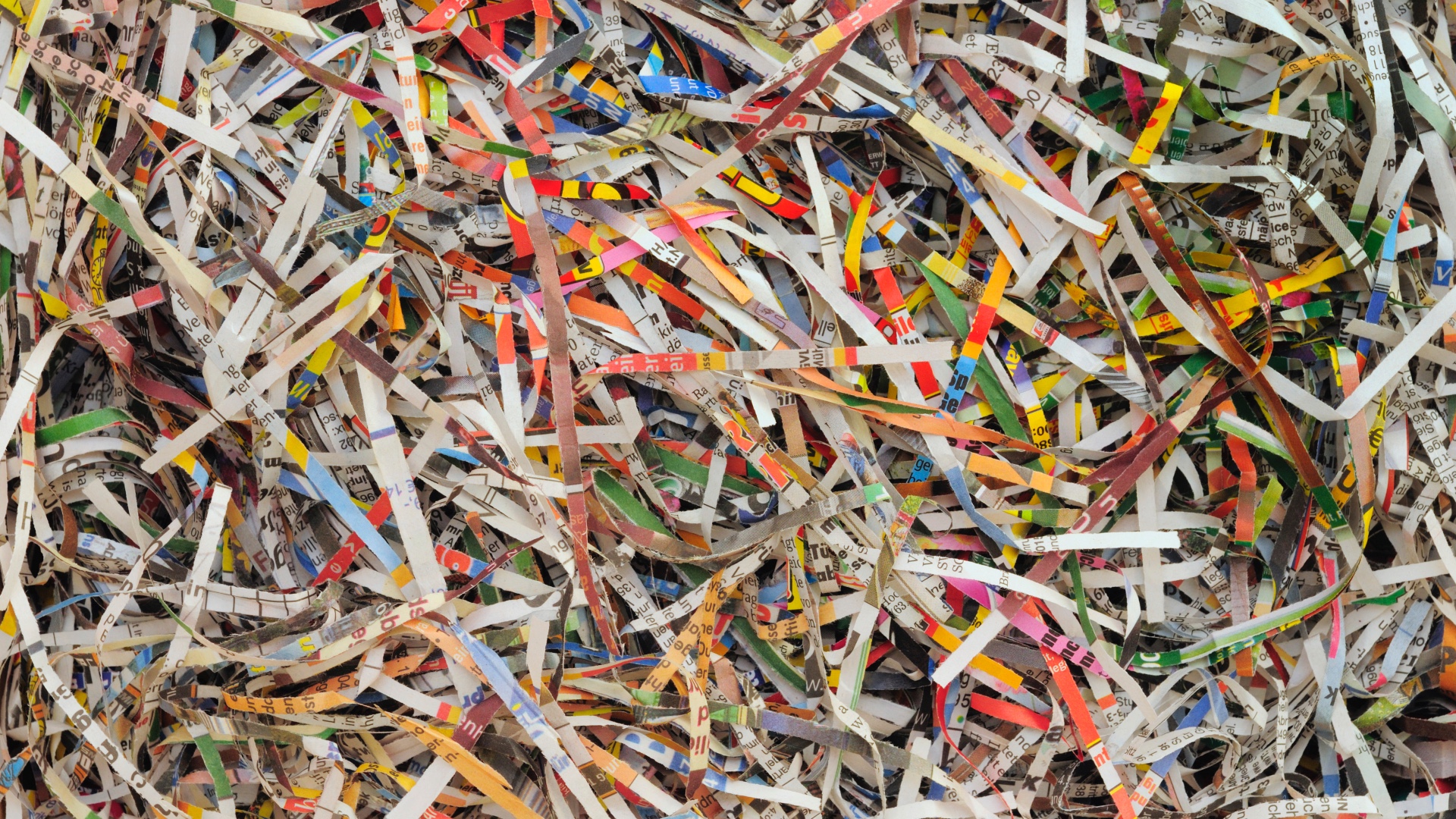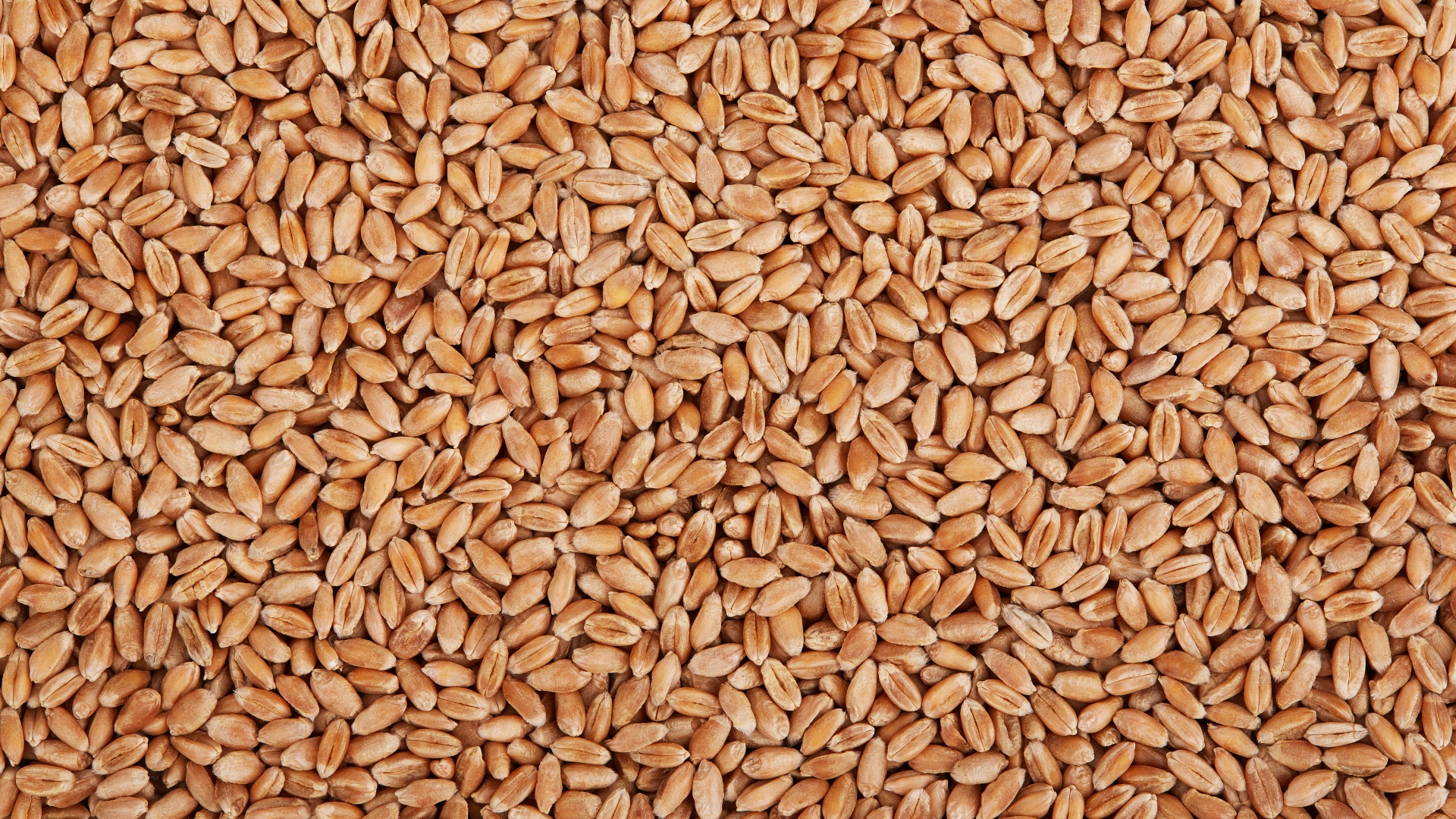7 creative cat litter alternatives you can find around the home
From newspaper to potting soil, these cat litter alternatives are filled with cost-effective options to suit every furkid, family, and home

Having a few cat litter alternatives up your sleeve is ideal for those times when you’ve run out of your chosen commercial litter or if you’re looking to make the switch to a more wallet or environmentally friendly option.
While the best cat litter is certainly convenient and comes in a wide range of options from clumping to flushable cat litter and everything in between, cat litter alternatives are becoming a lot more popular amongst health and budget-conscious pet parents.
It may sound like a lot of extra hassle, but believe it or not, most alternative litter options are super easy to prepare and readily available. And best of all? There are more choices than you might think, which means you’re bound to find one that suits your furkid, your family, and your home.
But before we dive into what cat litter alternatives are available to you, let’s take a closer look at some of the benefits that can come from making the switch.
What are the benefits of using cat litter alternatives?
With no shortage of commercial types of cat litter available for purchase, you may be wondering what the benefits of an alternative are. Well, as it turns out, there are more pros to cat litter alternatives than you may be aware of, and here are just a few of our favorites that may help convert you:
- Better health: When you choose your own cat litter, you know exactly what’s going into it, which isn’t always the case with store-bought litters. Many clay-based formulas contain harmful carcinogens that can become airborne in the dust that clay releases. For any human or cat with allergies or asthma, opting for an alternative can be a great way of making sure the whole family stays healthy.
- Wallet-friendly: Making your own homemade cat litter may require a little more time and effort, but it can save you a lot of money in the long run. Alternative DIY litters are more cost-effective and many of the materials can be bought in bulk, so it’s great if you’re on a budget.
- Kinder on the environment: The clay that goes into your traditional commercial clay-based litters is obtained through strip mining, a process that destroys our forests and wildlife habitats. Even litters that are safe to flush can end up contaminating waterways.
Now that you know how cat litter alternatives can improve your health, save you money, and protect the environment, let’s have a dig around our seven favorite options so you can find the one that works best for you.
1. Shredded newspaper

If you’re an avid newspaper reader and love nothing more than pouring through the pages each day over your morning cup of coffee, then what better way to get rid of them all than to turn that paper into kitty litter.
Get the best advice, tips and top tech for your beloved Pets
Cheap and readily available, newspaper is a popular choice amongst pet parents wanting a litter alternative and while it can take a bit of time to prepare, it’s well worth it.
Start by shredding the paper into long, thin strips and then soak them in warm water and dish soap. Leave them to enjoy their nice bath until the water turns gray and the ink disappears.
Remove the gray water and pop them into a second bath with clean water but no soap. Drain the water away and sprinkle baking soda over the wet pieces of paper before kneading to squeeze out the liquid.
For the final step, take those strips of paper you’ve lovingly prepared and pop them on a tray to air dry in the sun or gently bake in the oven. When the pieces are all crumbly and dry, they’re ready to use.
2. Wood shavings or sawdust

Wood shavings and sawdust are other popular alternatives that work really well in place of your standard store-bought cat litter. Not only are they inexpensive, but they’re eco-friendly too.
When it comes to absorbing urine, both wood shavings and sawdust do a stellar job. As a bonus, they’re also great at masking unpleasant urine odors because they have such a strong natural scent of their own, and wood shavings are brilliant as they won’t get stuck in your kitty’s claws, so there are no issues with tracking.
Just be mindful that sawdust isn’t a great option if you have a cat with allergies as it creates a lot of dust that can trigger a reaction and it can also exacerbate asthma symptoms. It can be messy too, so it’s best for single-cat households.
3. Sand

You've probably wondered, 'Can I use sand as cat litter?' If cats had their way, sand would be their number one choice when it comes to where they do their business. It was the most common spot for wild cats to bury their treasure centuries ago and this instinct remains firmly embedded in a domestic cat’s DNA.
Sand feels great under your cat’s claws and is easy for them to rake through, it also creates clumps which make it easy to remove your kitty’s business, is environmentally friendly, and very economical.
The one downside to sand is that it doesn’t absorb smells, so we recommend adding some baking soda into the mix to neutralize unpleasant odors. Sand is best suited to closed litter boxes rather than open ones as it can be more than a little messy.
4. Whole wheat

Clumps when wet? Tick. Compostable? Tick. Eco-friendly? Yup, you guessed, it - tick! Ground-up whole wheat can work well as an emergency solution when you’re out of regular store-bought litter or another homemade alternative.
The reason we suggest you only use it in an emergency is that while it will clump together beautifully it won’t mask the smell, so it’s not the best long-term option for anyone who doesn’t like urine odor floating around their house, which, let’s be honest, is all of us!
5. Potting soil

Wondering what to do with all that leftover soil from your spring bulb planting mission? Why not turn it into cat litter. Like sand, soil is a natural favorite of cats when it comes to burying their business and it’s inexpensive and readily available, which makes your life a lot easier.
You can either choose a designated spot in your backyard for your kitty to use as their toilet or you can try it out in an indoor litter box. If you opt for the latter, just make sure to add some baking soda to keep those odors under control and place a litter mat around their tray or box to avoid your cat from tracking soil through the house.
6. Chicken feed

Readily available and highly absorbent, chicken feed works wonders as a litter alternative when combined with wood shavings and baking soda. Mix together all three and you’ll be able to easily remove your cat’s business plus keep odors at bay.
There is one downside to chicken feed though and that’s its ability to attract rodents, so use with care if your kitty has an outdoor litter box, but if your kitty does their business inside, you won’t have to worry.
7. Walnut litter

We love walnut litter and we’re pretty sure your cat will too. Made from the shells of this tasty nut, walnut litter is eco-friendly and it has a grainy texture that is easy for your kitty to dig around in.
Walnut litter clumps well, so it’s easy to scoop out, but it does break apart a little more easily than a regular clumping litter. It has good odor control and the tracking and dust are on par with a store-bought clumping litter.
Choose the finest granules you can find as not only will these clump the best but it also makes cleanup easier.
Want more advice? Read our vet's guide on how to reduce cat litter smells or how self-cleaning litter boxes work.

Kathryn is a freelance writer who has been a member of the PetsRadar family since it launched in 2020. Highly experienced in her field, she's driven by a desire to provide pet parents with accurate, timely, and informative content that enables them to provide their fur friends with everything they need to thrive.
Kathryn works closely with vets and trainers to ensure all articles offer the most up-to-date information across a range of pet-related fields, from insights into health and behavior issues to tips on products and training.
When she’s not busy crafting the perfect sentence for her features, buying guides and news pieces, she can be found hanging out with her family (which includes one super sassy cat and a kitten), drinking copious amounts of Jasmine tea and reading all the books.
She has written for a range of publications, including Fit&Well, Top Ten Reviews, LiveScience, Goodto, and Product Hunt.
